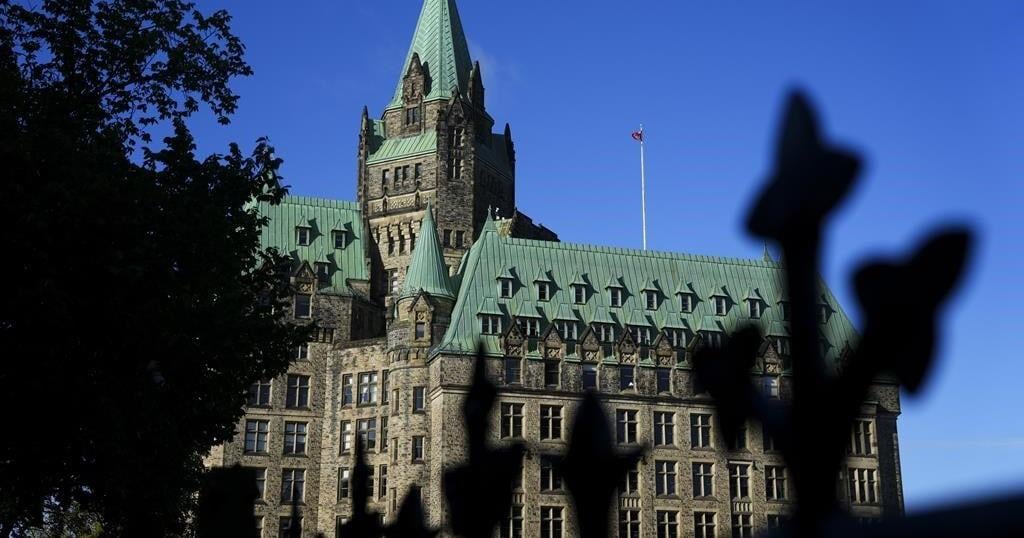TOKYO — Japan’s government has trimmed its overall view on the economy for the fourth time this year due to a downgrade in its assessment of manufacturing output in spite of a U.S.-China trade truce.
It described the economy as recovering at a moderate pace, in its December report, but said weakness centered on manufacturers increased a notch amid continued softness in exports, which was a slightly bleaker view than last month.
The assessment suggests domestic demand remains strong enough to offset risks to Japan’s export-reliant economy from slowing global growth and pressures on exports from the 17-month-long Sino-U.S. trade war.
But the downbeat estimation could add pressure on the government to devise new steps to support growth and for the central bank to maintain its ultra-loose monetary policy.
On Thursday, the Bank of Japan kept its short- and long-term rate targets steady though it warned that risks to the recovery remained high.
The last time the government marked down its view on the economy four times in a single year was in 2012.
The downgrade was mainly the result of a cut in the view on industrial production because of the widening impact from declining car exports, including on steel, chemical and electronic component manufacturers.
“Some weakness that appeared in other industries related to car production was the trigger for this further downgrade,” an official from the Cabinet Office, which helps coordinate government policy, said at a briefing.
The government left untouched its view on most of the other individual components of the report, offering a generally positive view of domestic demand.
It also downgraded its overall assessment of the economy in October, May and March this year.
Japan’s economy, the world’s third-largest, grew in the third quarter at the slowest pace seen so far this year, though it still expanded an annualized 1.8%, mostly driven by robust capital spending and domestic demand. (Reporting by Daniel Leussink; Editing by Jacqueline Wong)

























